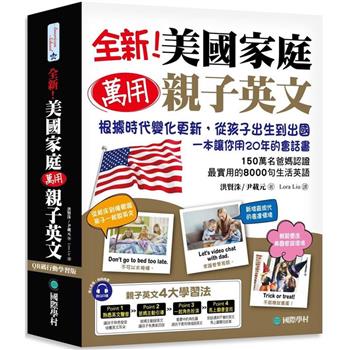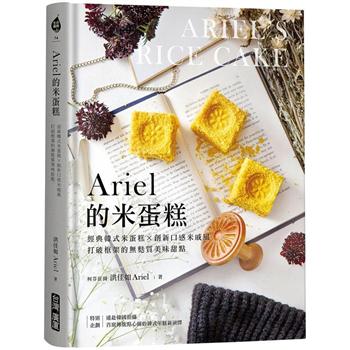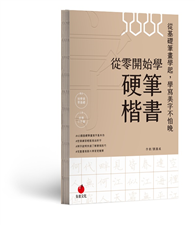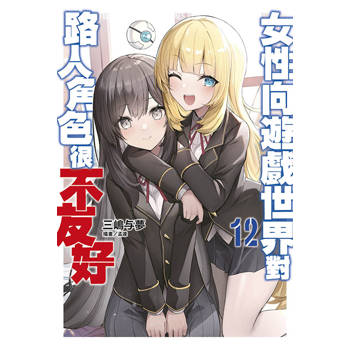Many Disney films adapt works from the Victorian period, which is often called the Golden Age of children’s literature. Animating the Victorians: Disney’s Literary History explores Disney’s adaptations of Victorian texts like Alice in Wonderland, Oliver Twist, Treasure Island, Peter Pan, and the tales of Hans Christian Andersen. Author Patrick C. Fleming traces those adaptations from initial concept to theatrical release and beyond to the sequels, consumer products, and theme park attractions that make up a Disney franchise. During the production process, which often extended over decades, Disney’s writers engaged not just with the texts themselves but with the contexts in which they were written, their authors’ biographies, and intervening adaptations. To reveal that process, Fleming draws on preproduction reports, press releases, and unfinished drafts, including materials in the Walt Disney Company Archives, some of which have not yet been discussed in print.
But the relationship between Disney and the Victorians goes beyond adaptations. Walt Disney himself had a similar career to the Victorian author-entrepreneur Charles Dickens. Linking the Disney Princess franchise to Victorian ideologies shows how gender and sexuality are constantly being renegotiated. Disney’s animated musicals, theme parks, copyright practices, and even marketing campaigns depend on cultural assumptions, legal frameworks, and media technologies that emerged in nineteenth-century England. Moreover, Disney’s adaptations influence modern students and scholars of the Victorian period. By applying scholarship in Victorian studies to a global company, Fleming shows how institutions mediate our understanding of the past and demonstrates the continued relevance of literary studies in a corporate media age.| FindBook |
有 1 項符合
Animating the Victorians: Disney’s Literary History的圖書 |
 |
Animating the Victorians: Disney’s Literary History 作者:Fleming 出版社:University Press of Mississippi 出版日期:2025-02-26 語言:英文 規格:平裝 / 224頁 / 普通級/ 初版 |
| 圖書館借閱 |
| 國家圖書館 | 全國圖書書目資訊網 | 國立公共資訊圖書館 | 電子書服務平台 | MetaCat 跨館整合查詢 |
| 臺北市立圖書館 | 新北市立圖書館 | 基隆市公共圖書館 | 桃園市立圖書館 | 新竹縣公共圖書館 |
| 苗栗縣立圖書館 | 臺中市立圖書館 | 彰化縣公共圖書館 | 南投縣文化局 | 雲林縣公共圖書館 |
| 嘉義縣圖書館 | 臺南市立圖書館 | 高雄市立圖書館 | 屏東縣公共圖書館 | 宜蘭縣公共圖書館 |
| 花蓮縣文化局 | 臺東縣文化處 |
|
|
圖書介紹 - 資料來源:博客來 評分:
圖書名稱:Animating the Victorians: Disney’s Literary History
內容簡介
作者簡介
Patrick C. Fleming is a scholar of Victorian studies and children’s literature. He is author of The Legacy of the Moral Tale: Children’s Literature and the English Novel, 1744-1859 and of articles in journals including Victorian Periodicals Review, Pedagogy, and the Children’s Literature Association Quarterly.
The Routledge Companion to Remix Studies
Black Freedom Struggle in Urban Appalachia
Arabic Media and the Ukrainian Conflict: Discourse and Ideology
When the Going Was Good: An Editor’s Adventures During the Last Golden Age of Magazines
Studio 54: Night Magic
A Good Bad Boy: Luke Perry and How a Generation Grew Up
The Influencer Industry: The Quest for Authenticity on Social Media
Introducing Multimodality
Introducing Multimodality
Culture, the Arts, and Inequality: American Artists and Social Justice
Black Freedom Struggle in Urban Appalachia
Arabic Media and the Ukrainian Conflict: Discourse and Ideology
When the Going Was Good: An Editor’s Adventures During the Last Golden Age of Magazines
Studio 54: Night Magic
A Good Bad Boy: Luke Perry and How a Generation Grew Up
The Influencer Industry: The Quest for Authenticity on Social Media
Introducing Multimodality
Introducing Multimodality
Culture, the Arts, and Inequality: American Artists and Social Justice
|










